Tornadoes are one of the most destructive and dangerous natural phenomena. It is a rapid atmospheric vortex that forms a rotating column of air connecting the earth’s surface to a cumulus cloud. The wind currents that make up the tornado rotate at breakneck speed. It is impossible to measure it accurately, but it can exceed 800 miles per hour, according to some estimates. It is three times higher than the hurricane wind speed ever recorded on our planet. A tornado carries an incredible amount of energy – its volume can be compared with that released during a medium-power nuclear bomb explosion. No wonder this natural phenomenon is so destructive.
A tornado rarely lasts more than a few hours. Usually, it arises in daylight. Most often, it happens during thunderstorms. The tornado can not only be seen. The natural phenomenon has color, smell and even makes sounds. It all depends on what the air currents have absorbed.
Table of Contents
How is a tornado formed?
The principle of a tornado formation is known – it needs a warm air mass of high humidity and a dry air mass of cold temperature. Thunder clouds are characterized by concentration of warm air. When these different temperatures get mixed, it is the start of the instability. After cold air finally goes away, stormy winds start a spinning process. They form a funnel in the shape of a cloud. If this formation touches the earth, it transforms into a tornado. Any whirling air column that connects to both the cumulative cloud and the earth is considered a tornado. This ruining twister can develop a speed of 110 miles per hour. Most tornadoes can easily cover a distance of about one mile before dispersing. However, these storms are not studied well yet and hardly predictable. Therefore, tornadoes rarely comply with average statistics.
70% of all tornadoes are recorded in the US. Several hundred different tornadoes occur on its territory every year. They can often be seen in Florida, where they occur daily from May to September. Of course, not all of them are deadly, and many do not even touch the earth’s surface.
How does a tornado dissipate?
A tornado will subside when there is no source of instability to keep it going. Thunderstorms that accompany a tornado can affect these instability sources. For example, it can be a flow of wind from a thundercloud that weakens a tornado parent cloud and eventually kills the twister. But such situations can develop in both directions. Scientific observations show that thunderstorm outflow can both form and kill tornadoes, and it is impossible to predict in advance how a particular thunderstorm will act the next moment.
Tornado sounds
When we talk about tornado sounds, we immediately associate them with the roar of a grizzly bear. Actually, it is one of the most terrifying sounds of nature. Tornado survivors and witnesses say that a tornado may have different sounds, depending on how far you are from it. You may mistakenly think that a tornado sounds the same as a thunderstorm. But thunder is characterized by separate strikes, while a tornado sound is continuous. For example, you may take it for an approaching freight train at a distance, or even a jet engine as it comes closer. Even weak tornadoes create low pressure at which air is rushing out of the vortex. It happens with some rhythmical frequency that reminds the train going along the rail. Depending on the tornado’s strength, this sound can be deafening. The roar can be extremely high – you may not hear your own voice. And no matter what this sound reminds you of, most witnesses agree it is abnormally loud. No wonder this wind power has such tremendous acoustic accompaniment.
Hidden sounds of tornado
Tornadoes, like any storm, have their own pre tornado language. But unfortunately, these signals are below 20Hz and are inaudible to a human’s year. These low frequency sounds were discovered several decades ago, but they are also connected with other weather phenomena. So these are not studied in full yet. Scientists in many countries are working on catching and interpreting these sounds. They experiment with microphones sensible to lower frequencies and process the received signals. The goal is to learn to predict tornadoes well in advance and save lives. The latest researches in Oklahoma could have already predicted some tornadoes by detecting these signals 10 minutes before a tornado started to form 12 miles away. The interesting fact is that this tornado was not caught by the radar. Scientists keep studying the nature of hidden tornado clues. The understanding of these sound warnings could eventually enable people to detect and predict tornadoes for 100 miles and well in advance for taking protective measures. It is only the first success in this research, but further discoveries can result in powerful warning systems in the future.
How to measure tornado strength?
Tornadoes are assessed according to several different scales. The Fujita scale uses special categories based on the damage the tornado caused. In some countries a newer version of the Fujita scale is being used. According to these scales, the weakest twister is rated as F0 or EF0. It can damage trees but does not bring much harm to structures. And storms of the F5 or EF5 category, can destroy buildings to pieces and can damage even large skyscrapers.
An alternative TORRO scale groups tornadoes into categories from T0 for the weakest to T11 for the strongest ones. In addition to the damage, categorization can also be performed based on the analysis of Doppler radar parameters and traces left on the earth’s surface.
The most devastating tornado ever
The deadliest tornado in the world occurred on March 18, 1925 in the United States – it was classified as F5. It killed 695 and injured 2,027 people in Missouri, Illinois and Indiana. Actually, it was a series of tornado hits, with the largest of them called Tri-State. It covered 352 miles in less than 4 hours, accompanied by the wind with speed of 300 miles per hour. It lasted several hours and brought devastating consequences.
How to predict a tornado?
Tornados are the most active in the US and Australia. Their season begins in June and ends in December. And the peak frequency is from August to October. Tornados that occur in this area can cover several miles, and it is enough to completely destroy a small town or village.
Unlike cyclones, it is almost impossible to predict the appearance of a tornado in a certain place. Large cyclonic formations can be easily detected with the help of satellites, while tornadoes can not be identified either from space or by radar. For now, there are not enough technical and scientific capabilities for it. In the first case, there are no tools for effective data collection yet, and it hinders the accumulation of statistics that could be used to create models on which forecasts can be based.
Existing warning systems can only roughly indicate the area where the weather conditions could lead to the formation of a tornado. However, they cannot predict exactly where the tornado will touch the earth’s surface. And it is possible to be informed about approaching danger today not earlier than 15 minutes.
How to survive a tornado?
It is impossible to know in time where the next tornado will form. Therefore, anyone can be caught by surprise. It is vital to know some basic safety rules in case of emergency situation:
- If you drive, try to immediately find a shelter nearby. If you fail to find it, then make sure to fasten your seat belts and lean your body as low as possible and your hands over your head.
- If you are walking, look for some underground shelter, for example, a ditch.
- If you are in the water, then it is recommended to move perpendicular to the direction of the water stream. If collision with the boat is inevitable, it is better to dive into the sea – it will help you avoid injuries.
- If you are inside the building, it is better to move to the room without windows in the center of the house on the lowest floor. And if there is a basement – it will be the safest play for this period.
You should also know that certain areas can be very dangerous and should be avoided when a tornado occurs. These are:
- RV (recreational houses)
- Wooden houses
- Tall buildings
- Houses with wide flat roofs
- Open rooms with many windows
If you live in the area where a tornado is a regular guest, it is reasonable to prepare ahead of time. It is vital to decide on a safe place in your home and make all members of your family aware of it. You should also follow the official weather forecasts in your area. It will help you remain alert for approaching natural disasters. Even if some tornado emergency notices are very short, they may still save a lot of lives.

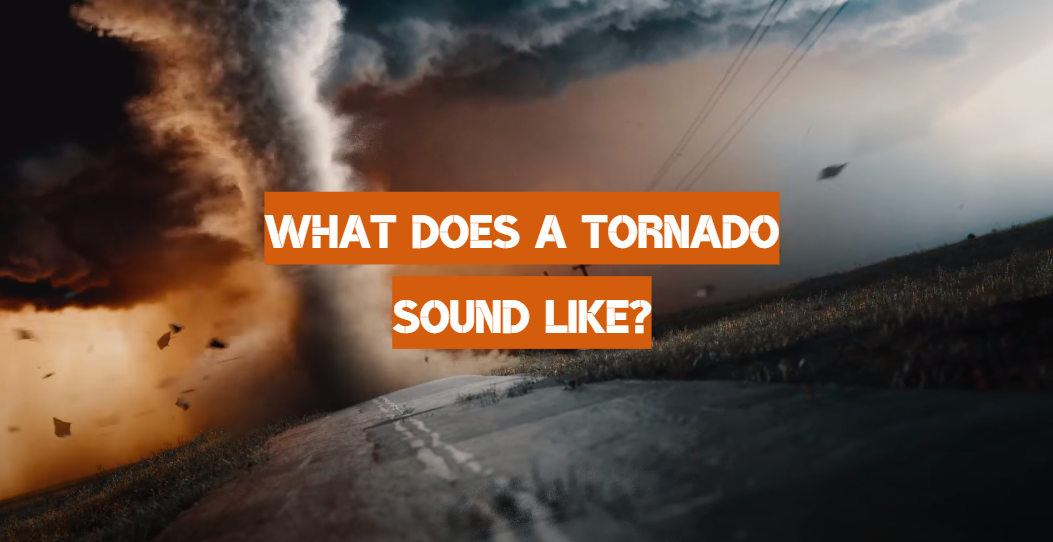
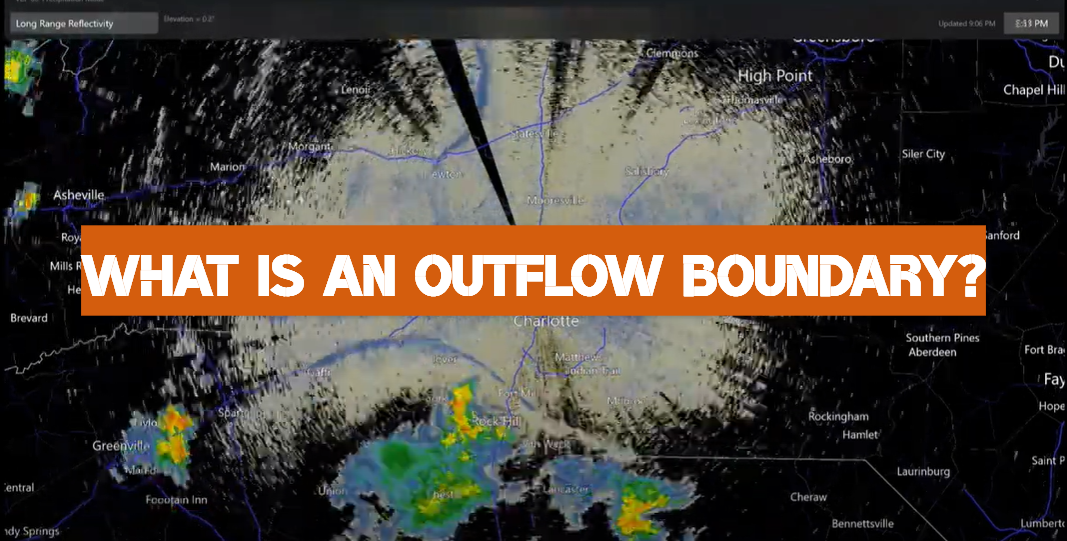
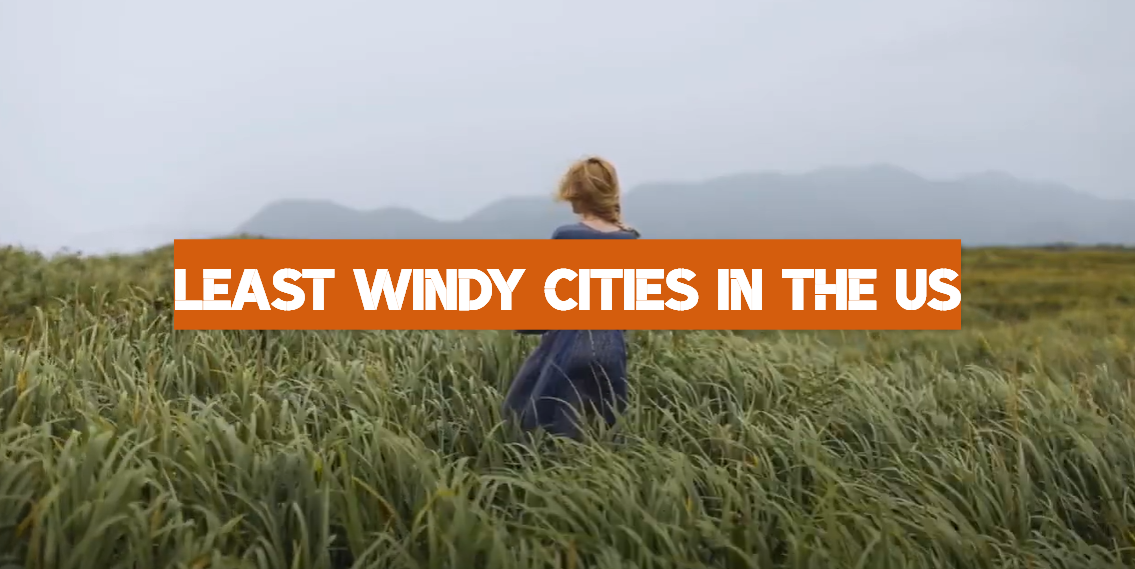
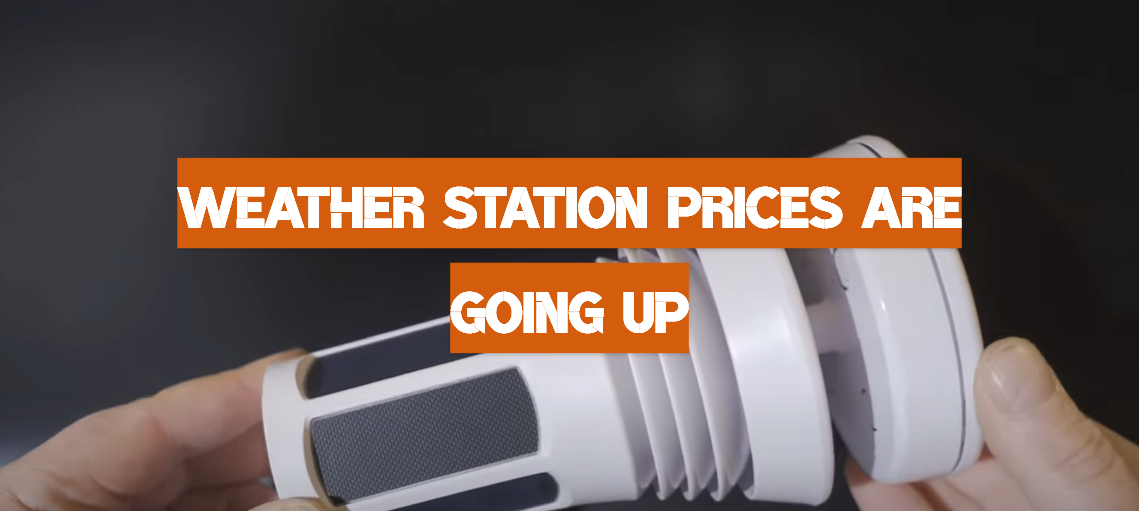
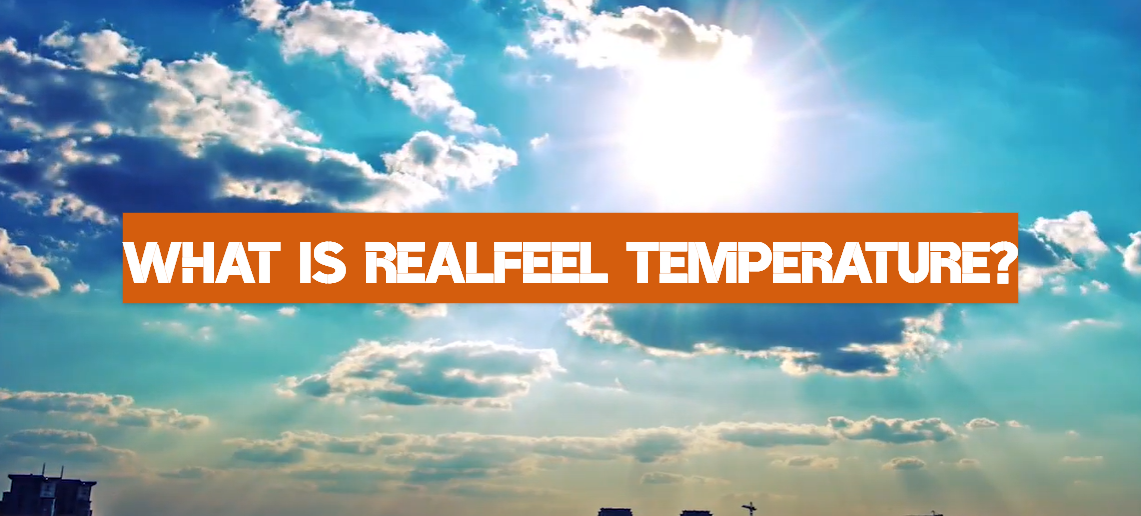
Leave a Reply